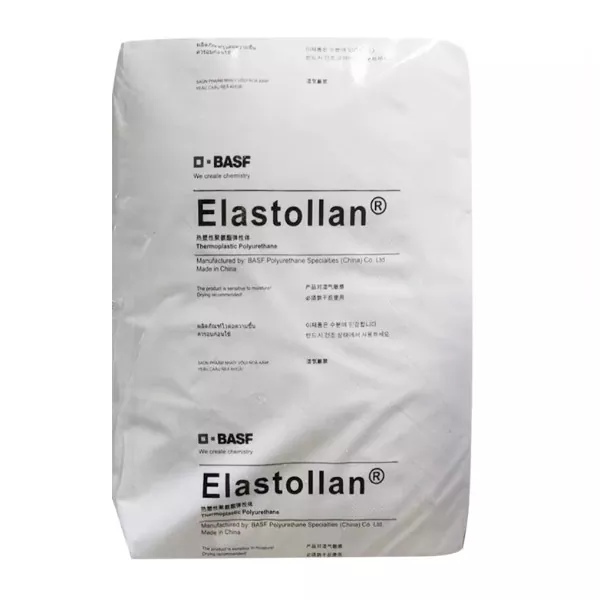Understanding the Environmental Impact of Thermoplastic Polyurethane Elastomer
2025-01-04
As the world prioritizes sustainability, the environmental footprint of materials is under scrutiny. Thermoplastic Polyurethane (TPU) is gaining attention not just for its performance but also for its eco-friendly potential. In this blog, we’ll evaluate TPU’s environmental impact and how it contributes to sustainable practices.
1. Recyclability
One of TPU’s most significant environmental advantages is its recyclability:
- End-of-Life Recycling: TPU products can be melted down and reprocessed, reducing waste.
- Closed-Loop Systems: Many industries use TPU in applications where scraps are reintegrated into the production cycle.
2. Durability and Longevity
TPU’s robust nature contributes to sustainability by prolonging product lifespans:
- Wear and Tear Resistance: Minimizes the need for frequent replacements.
- Weather Resilience: Performs well under harsh conditions, reducing material wastage.
3. Production Efficiency
Compared to other materials, TPU offers environmentally favorable production processes:
- Energy Efficiency: Lower processing temperatures reduce energy consumption.
- Minimal Waste: Injection molding and 3D printing processes ensure precise use of materials.
4. Biodegradable TPU
Emerging technologies are making TPU even more sustainable:
- Bio-Based TPU: Derived from renewable sources like corn and castor oil.
- Degradable Variants: Certain TPUs are designed to decompose under specific conditions.
5. Challenges and Solutions
While TPU has many green attributes, challenges remain:
- Non-Biodegradable Grades: Traditional TPU can persist in the environment.
- Recycling Infrastructure: Requires investment in systems for efficient TPU recycling.
Innovations like biodegradable TPU and improved recycling technologies are paving the way for a greener future.
TPU is a promising material for sustainable practices in manufacturing and product design. By balancing performance with environmental responsibility, TPU aligns with global efforts toward a circular economy and a more sustainable world.



